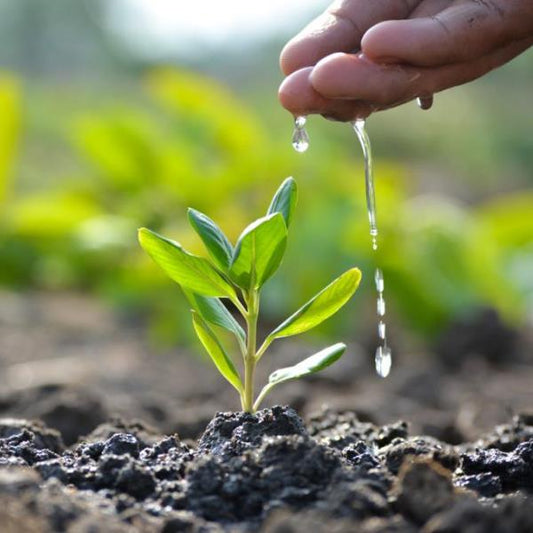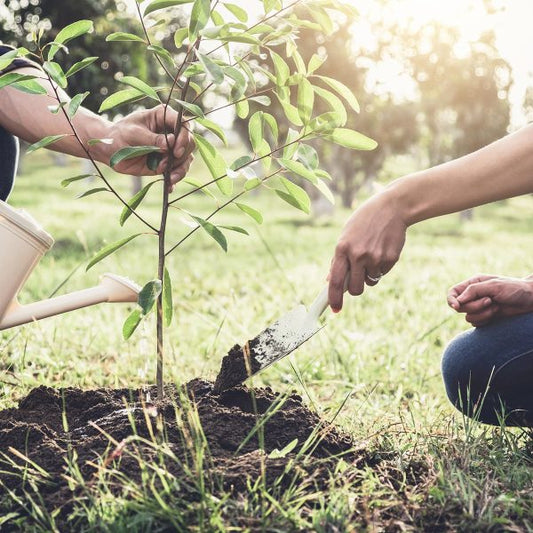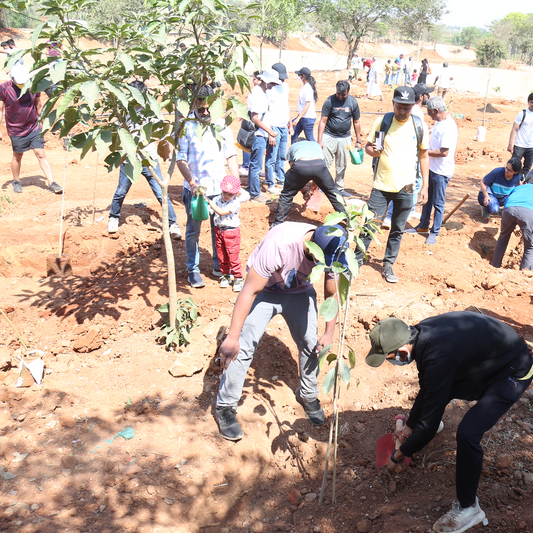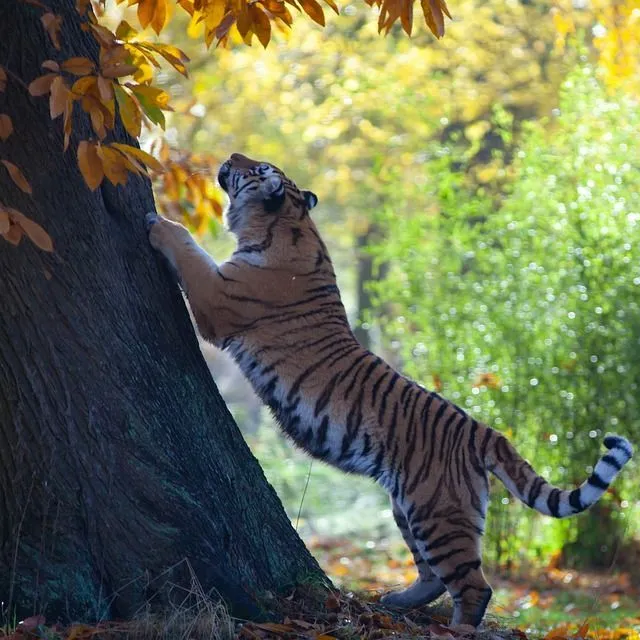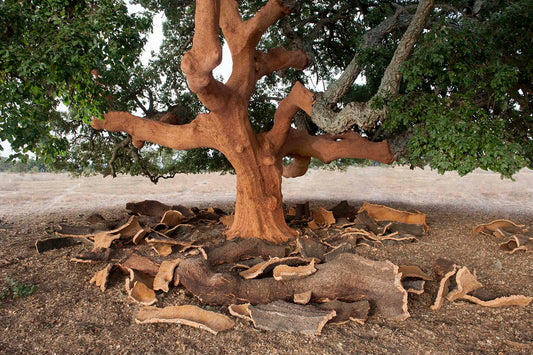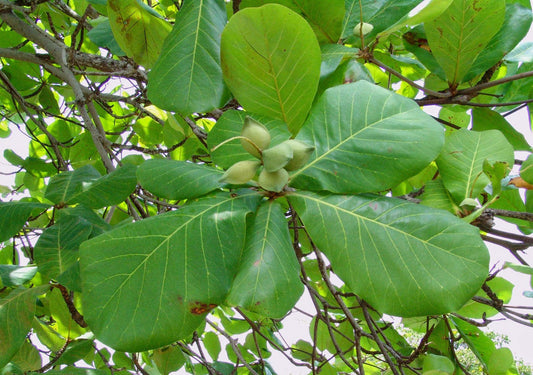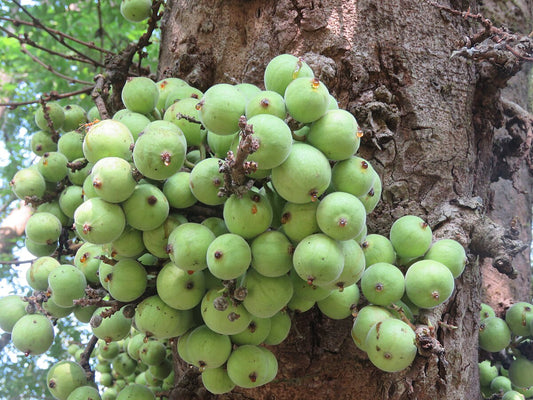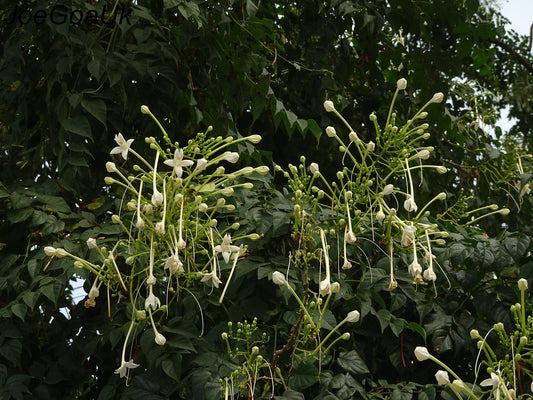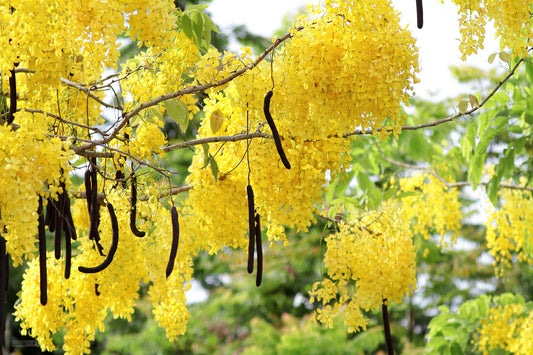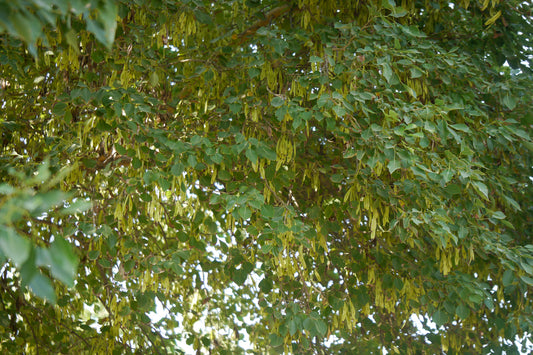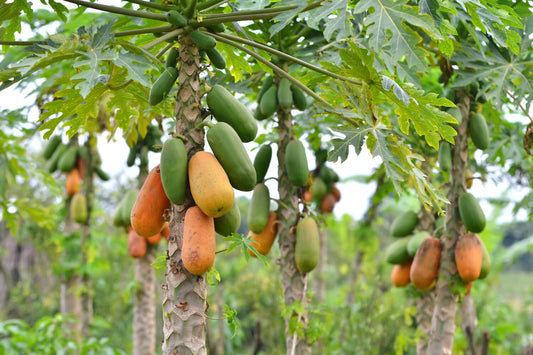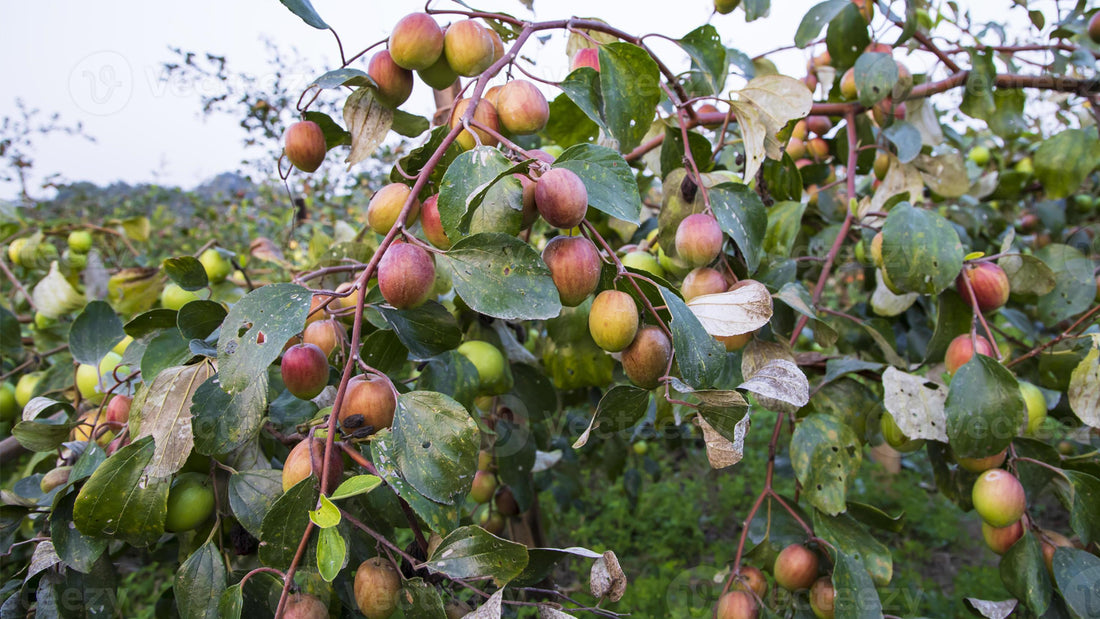

Did you know that the apple bear, also known as "Malus sieversii," is considered the wild ancestor of the modern domesticated apple? Taxonomy and Botanical Features: The apple bear, scientifically known as Malus sieversii, is a species of wild apple tree native to Central Asia, particularly the mou Read more
Trending
Trees for Corporates
Apple Bear
Did you know that the apple bear, also known as "Malus sieversii," is considered the wild ancestor of the modern domesticated apple?
Taxonomy and Botanical Features: The apple bear, scientifically known as Malus sieversii, is a species of wild apple tree native to Central Asia, particularly the mountainous regions of Kazakhstan, Kyrgyzstan, Tajikistan, and Xinjiang in China. Belonging to the Rosaceae family, the apple bear shares taxonomic similarities with cultivated apple varieties.
It typically grows as a small deciduous tree, reaching heights of up to 10 meters. The leaves are oval-shaped with serrated edges, and the flowers are white or pinkish, blooming in the spring. The fruit produced by the apple bear is small, round, and typically green or yellow in color.
Historical and Cultural Significance: The apple bear holds immense historical and cultural significance, especially in Central Asian countries where it originated. For centuries, the apple bear has been an integral part of the region's biodiversity and traditional folklore.
It is believed to be the progenitor of the modern cultivated apple varieties, making it a symbol of genetic diversity and heritage. In local legends and stories, the apple bear is often revered as a sacred tree, associated with fertility, abundance, and the cycle of life.
Medicinal Properties and Traditional Uses: The apple bear has long been valued for its medicinal properties and traditional uses in folk medicine. Various parts of the tree, including the bark, leaves, and fruit, are believed to possess therapeutic benefits.
In traditional herbal remedies, preparations made from apple bear extracts are used to treat digestive disorders, respiratory ailments, and skin conditions. The fruit itself is consumed fresh or dried and is considered a nutritious source of vitamins, minerals, and antioxidants.
Agricultural Applications: While the apple bear is primarily a wild species, it has significant agricultural implications as the genetic ancestor of cultivated apple varieties. Plant breeders and geneticists often study the apple bear's traits and characteristics to develop improved apple cultivars with desirable traits such as disease resistance, flavor, and shelf life.
Additionally, efforts to conserve and preserve wild apple bear populations in their natural habitats are essential for maintaining genetic diversity and ensuring the resilience of apple cultivation worldwide.
Modern Scientific Research: In recent years, modern scientific research has focused on understanding the genetic diversity and evolutionary history of the apple bear. Through molecular analysis and genome sequencing, scientists have gained insights into the genetic makeup and evolutionary relationships of wild apple populations.
This research has provided valuable information for breeding programs aimed at developing new apple varieties with improved traits, such as disease resistance, fruit quality, and environmental adaptability. Furthermore, studies on the ecological role of the apple bear in its native habitat have highlighted the importance of conserving wild apple populations for biodiversity conservation and ecosystem stability.
Environmental Impact and Sustainability: The conservation of the apple bear and its natural habitat is essential for maintaining ecosystem health and biodiversity in Central Asia. As a keystone species, the apple bear plays a crucial role in supporting diverse plant and animal communities in mountainous regions.
However, increasing human activities, such as deforestation, urbanization, and agricultural expansion, pose significant threats to wild apple populations and their habitats. Sustainable land management practices, protected area designation, and community-based conservation initiatives are necessary to ensure the long-term survival of the apple bear and the ecosystems it inhabits.
Economic Importance: While the apple bear itself is not a major commercial crop, its genetic contribution to cultivated apple varieties is invaluable to the global apple industry. Improved apple cultivars derived from wild apple bear populations are widely cultivated for commercial production worldwide.
These cultivated varieties generate substantial economic value through fruit production, trade, and processing industries. Additionally, ecotourism and nature-based recreation opportunities associated with wild apple bear habitats contribute to local economies in mountainous regions, providing livelihoods for indigenous communities and supporting sustainable development initiatives.
Conservation Status and Future Prospects: The conservation status of the apple bear varies depending on the region and the extent of human impact on its habitat. While some populations are relatively stable, others face significant threats from habitat loss, climate change, and unsustainable land use practices.
Efforts to conserve wild apple bear populations include the establishment of protected areas, habitat restoration projects, and community-led conservation initiatives. Furthermore, ex situ conservation measures, such as seed banking and germplasm preservation, are essential for safeguarding the genetic diversity of wild apple bear populations and ensuring their long-term survival.
Conclusion: In conclusion, the apple bear, as the wild ancestor of the modern cultivated apple, holds both cultural significance and ecological importance in Central Asia. Its genetic diversity and evolutionary history offer valuable insights for agricultural research and biodiversity conservation efforts.
However, the continued conservation of wild apple bear populations and their habitats is crucial for maintaining ecosystem resilience and ensuring the sustainability of apple cultivation worldwide. By recognizing the importance of the apple bear and implementing effective conservation measures, we can preserve this invaluable species for future generations.
References:
- Wikipedia: Malus sieversii - https://en.wikipedia.org/wiki/Malus_sieversii
- United States Department of Agriculture (USDA): https://plants.usda.gov/core/profile?symbol=MASI2
- Missouri Botanical Garden: http://www.missouribotanicalgarden.org/PlantFinder/PlantFinderDetails.aspx?taxonid=290001&isprofile=0&
- Royal Botanic Gardens, Kew: https://powo.science.kew.org/taxon/urn:lsid:ipni.org:names:724189-1
You may also like
Corporate Plantations
Apple Bear Facts
Discover intriguing facts about Apple Bear, the wild apple species native to Central Asia. Learn about its unique genetic makeup, historical significance, and role as the progenitor of cultivated apple varieties worldwide.
Apple Bear Distribution
Explore the natural distribution of Apple Bear across the rugged landscapes of Kazakhstan, Kyrgyzstan, Tajikistan, and Xinjiang in China. Understand its adaptation to diverse habitats and its importance in Central Asian ecosystems.
Apple Bear Ecology
Delve into the ecological role of Apple Bear in Central Asian ecosystems. From providing food and habitat for wildlife to contributing to soil health and erosion control, the wild apple plays a crucial role in ecosystem balance.
Apple Bear Genetic Diversity
Learn about the genetic diversity of Apple Bear populations and its significance for apple breeding and conservation efforts. Explore the various traits and characteristics found within wild apple populations, providing valuable genetic resources for apple cultivation.
Apple Bear Conservation
Understand the conservation challenges facing Apple Bear due to habitat loss, climate change, and genetic erosion. Discover conservation initiatives aimed at preserving wild apple populations and their genetic diversity.
Apple Bear Cultural Significance
Explore the cultural significance of Apple Bear in Central Asian traditions and folklore. From its use in culinary practices to its symbolism in rituals and ceremonies, the wild apple holds a special place in the cultural heritage of the region.
Apple Bear Culinary Uses
Learn about the culinary uses of Apple Bear fruits in traditional Central Asian cuisines. Discover recipes and preparations that highlight the unique flavors and textures of wild apples.
Apple Bear Medicinal Properties
Discover the medicinal properties attributed to Apple Bear fruits and other parts of the tree in traditional herbal medicine. Explore its use in treating various ailments and promoting overall health and well-being.
Apple Bear Pollination Ecology
Gain insights into the pollination ecology of Apple Bear and its interactions with native pollinators. Understand the importance of wild apple flowers in supporting pollinator populations in Central Asian ecosystems.
Apple Bear Adaptations
Explore the unique adaptations of Apple Bear to its harsh mountainous environment. Learn how wild apples have evolved to survive in challenging conditions, including cold temperatures and drought.
Apple Bear Ethnobotany
Learn about the ethnobotanical uses of Apple Bear by indigenous peoples of Central Asia. From its role in traditional medicine to its use in crafts and construction, the wild apple has been an integral part of local lifestyles for centuries.
Apple Bear Genetic Conservation
Discover efforts to conserve the genetic diversity of Apple Bear through seed banks and botanical gardens. Learn how genetic conservation strategies aim to preserve the unique traits and characteristics of wild apple populations.
Apple Bear Domestication
Understand the process of apple domestication from Apple Bear to modern cultivated apple varieties. Explore the role of human selection and cultivation practices in shaping the characteristics of domesticated apples.
Apple Bear Biodiversity Hotspots
Explore biodiversity hotspots where Apple Bear populations are particularly diverse. Understand the importance of these regions for apple conservation and genetic research.
Apple Bear Climate Resilience
Learn about the resilience of Apple Bear to climate change and its potential as a genetic resource for developing climate-resilient apple varieties.
Apple Bear Folklore and Mythology
Discover the folklore, mythology, and cultural symbolism associated with Apple Bear in Central Asian traditions. From legends of origin to beliefs about the spiritual significance of wild apple groves, the tree has inspired stories and beliefs for generations.
Apple Bear Seed Dispersal
Gain insights into the mechanisms of seed dispersal in Apple Bear and its ecological importance for forest regeneration. Understand how animals play a crucial role in dispersing apple seeds and maintaining genetic diversity.
Apple Bear Conservation Challenges
Explore the conservation challenges facing Apple Bear populations, including habitat destruction and fragmentation. Learn about efforts to address these threats through habitat restoration and protected area management.
Apple Bear Research Initiatives
Discover research initiatives focused on Apple Bear ecology, genetics, and conservation. From population studies to habitat monitoring, these efforts aim to enhance our understanding of wild apple ecosystems.
Apple Bear Cultural Revival
Learn about initiatives aimed at reviving traditional knowledge and practices associated with Apple Bear. Discover how local communities are reconnecting with their cultural and ecological heritage through apple-related activities and events.
FAQ
What is the Apple Baer?
The Apple Baer, scientifically known as Malus sieversii, is the wild progenitor of the modern domesticated apple, originating in Central Asia.
Where does the Apple Baer grow?
The Apple Baer primarily grows in the rugged mountainous regions of Kazakhstan and Kyrgyzstan in Central Asia.
What are the characteristics of the Apple Baer?
Malus sieversii typically exhibits small to medium-sized fruits, with a wide range of colors and flavors, reflecting its genetic diversity.
Are there any medicinal properties associated with the Apple Baer?
Traditional medicine attributes various therapeutic properties to parts of the Apple Baer, including its bark and fruit, believed to aid in digestive and respiratory ailments.
Is the Apple Baer important for agriculture?
Yes, the Apple Baer serves as a valuable genetic resource for breeding programs aimed at developing new apple cultivars with desirable traits, such as disease resistance and flavor.
What is the conservation status of the Apple Baer?
The conservation status of Malus sieversii is of concern due to habitat loss and degradation, leading to efforts to conserve wild populations and their genetic diversity.
How does the Apple Baer contribute to the environment?
The Apple Baer plays a crucial role in supporting biodiversity and ecosystem resilience within its native habitat.
Can the Apple Baer be grown outside of its native range?
While Malus sieversii can be cultivated in other regions, its genetic diversity is most robust within its native range.
Are there economic opportunities associated with the Apple Baer?
Yes, the genetic legacy of the Apple Baer contributes to the global apple industry, offering economic opportunities for fruit production and breeding programs.
What are the future prospects for the Apple Baer?
With concerted conservation efforts and scientific advancements, there is optimism for preserving and harnessing the genetic diversity of the Apple Baer for future generations.
How can individuals contribute to the conservation of the Apple Baer?
Individuals can support conservation efforts by raising awareness, participating in habitat restoration projects, and advocating for policies that protect wild apple populations.
Where can I learn more about the Apple Baer?
For more information about the Apple Baer and conservation initiatives, visit growbilliontrees.com and explore our resources dedicated to preserving biodiversity and protecting endangered species.
Most Popular
Connect with us
-
👥 Corporates
If you are looking for:
- 🌲 Tree Plantation Events
- 📊 CSR Projects
📧 corporate@growbilliontrees.com
📞 +91 9699723523
💬 WhatsApp (Only): +91 9370599291
🕒 Mon - Sat | 10am - 7pm IST
-
🧩 Tree Plantation NGOs
If you are looking for:
- 💰 Financial Assistance
- 🤝 Operational Support
📧 support@growbilliontrees.com
📞 +91 9699723523
💬 WhatsApp (Only): +91 9370599291
🕒 Mon - Sat | 10am - 7pm IST
-
🌼 Individuals
If you are looking for:
- 👥 Group Tree Plantation Drive
- 🌳 Bulk Tree Plantation
📞 +91 9699723523
💬 WhatsApp (Only): +91 9370599291
🕒 Mon - Sat | 10am - 7pm IST



